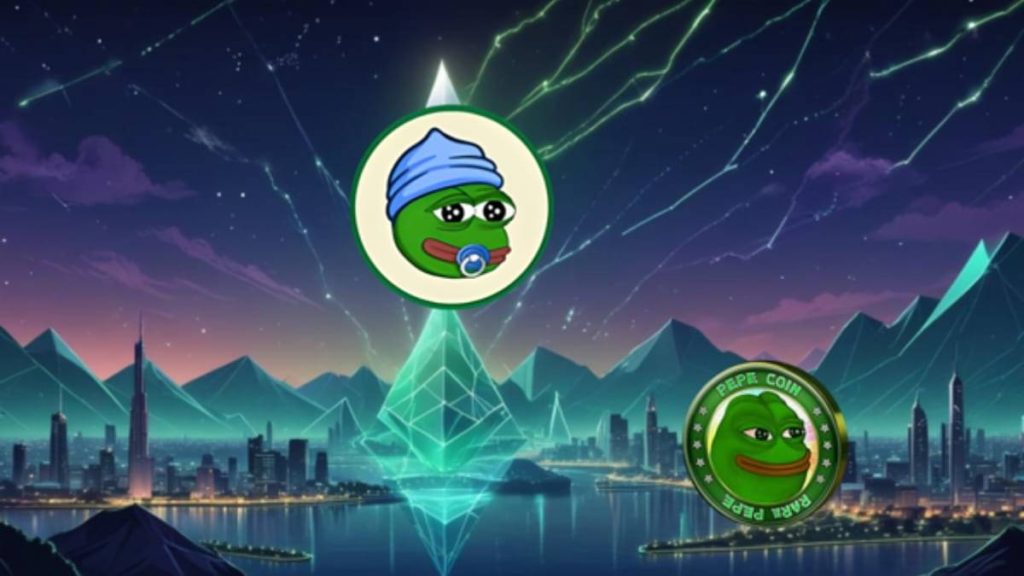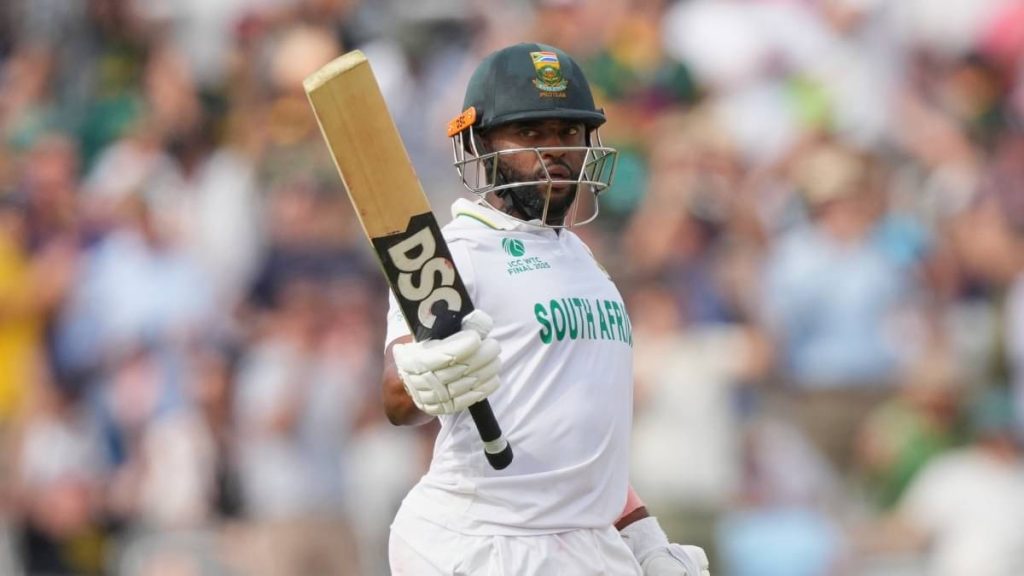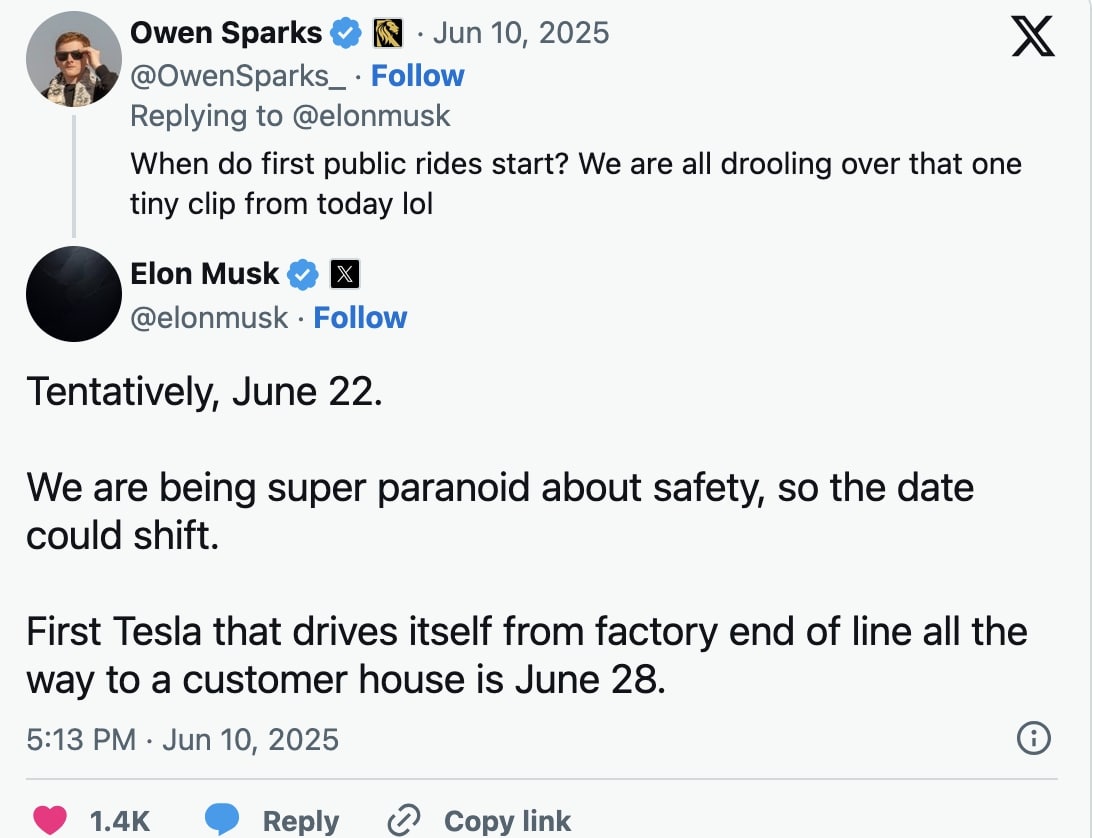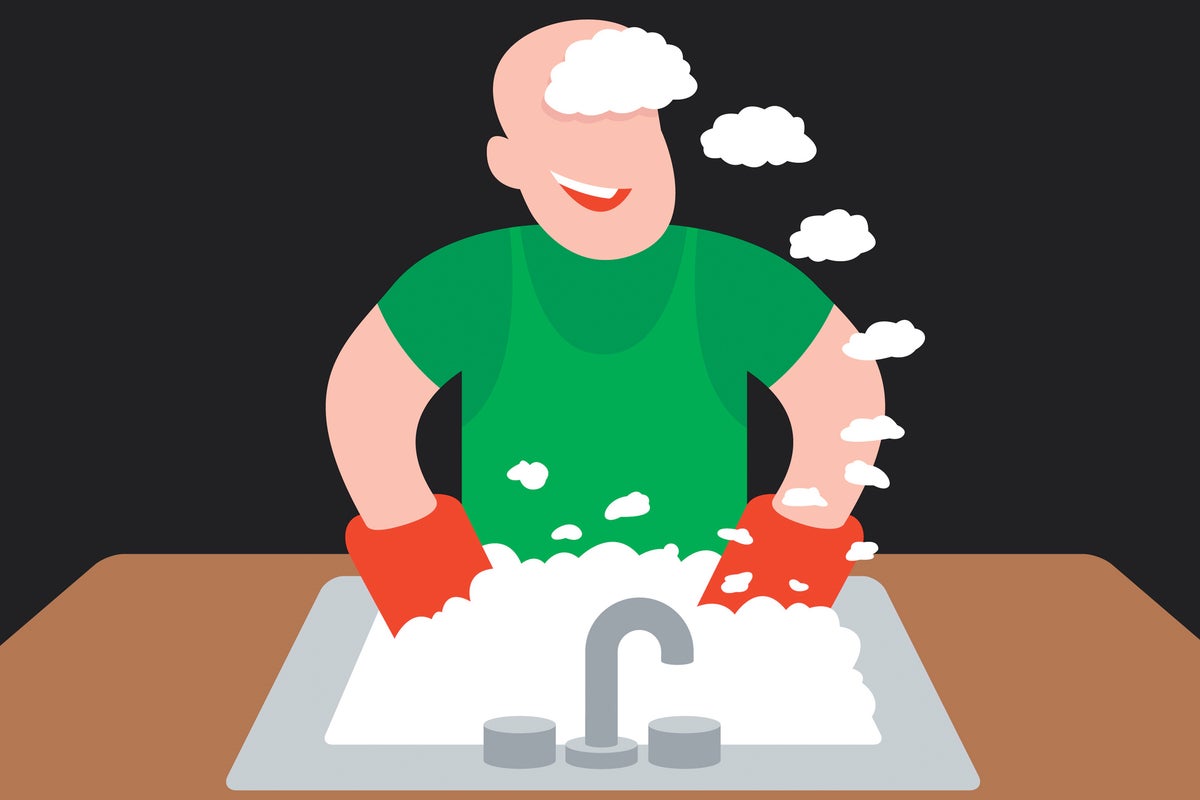Now Reading: Superheroes Represent Something Different to Today’s Kids
-
01
Superheroes Represent Something Different to Today’s Kids
Superheroes Represent Something Different to Today’s Kids
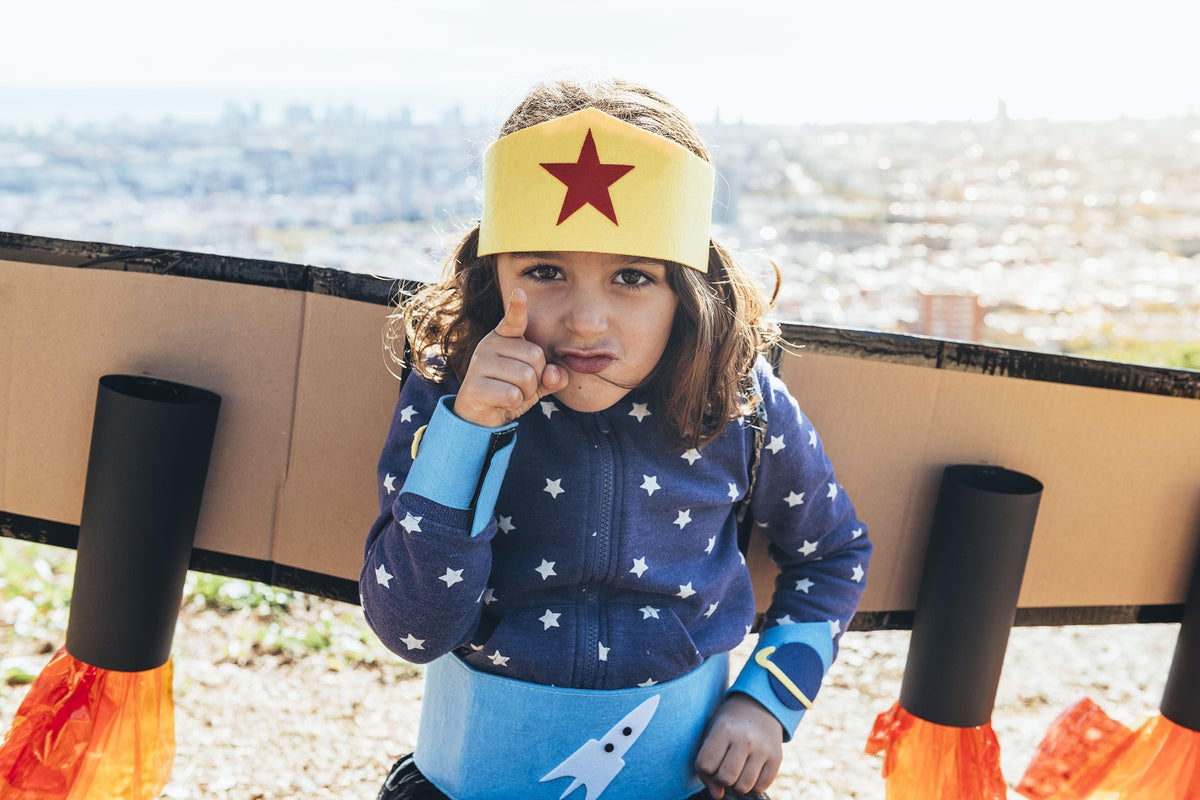
Last month, I decided to see Thunderbolts*, the newest installment in the expansive Marvel Cinematic Universe (MCU). I went to the theater without my 11-year-old, not sure whether or not this movie would be too intense for a tween—I’d read that Marvel decided to eschew the usual good-over-evil narrative that structures the typical superhero film and embrace a bleaker outlook. When it was over, I had more questions than answers about whether it might be appropriate for the preteen set.
Thunderbolts* is about a ragtag group of misanthropic antiheroes who end up being the only ones left to save the day. One of the main characters, Yelena Belova, played by Florence Pugh, tells us in a voiceover how she’s disaffected, depressed and bored out of her mind, while demonstrating her competence as a mercenary, even as she wants something more out of her life. This dissatisfaction with the status quo sets the tone for the rest of the film.
In this world the idea of the classic Avenger-style superhero is dead, at least for now. These new heroes, if we can call them that, are messy and irreverent. They don’t follow the rules. They make near-constant mistakes. They have deep traumas that inform their actions. And these are the kinds of traumas—like a family history of abuse or having your powers frequently exploited or being imprisoned in an assassin training school as a child—that sound more like the backstories of villains than heroes. Are these the kinds of heroes I want my child exposed to? Or, perhaps, the deeper question: What does it mean that I think my kid would actually love these characters? This is the same kid who begged me for a Darth Vader T-shirt earlier this month and regularly taunts fellow players online in virtual reality battles. The one who thinks Superman is boring because he’s a “good guy all the time.”
On supporting science journalism
If you’re enjoying this article, consider supporting our award-winning journalism by subscribing. By purchasing a subscription you are helping to ensure the future of impactful stories about the discoveries and ideas shaping our world today.
Our kids are changing. Their exposure to media is unprecedented, with seemingly unfettered access to smartphones, video games, film, television, social media, streaming video and virtual reality. As a parent, it can feel impossible to keep up. And how the media depicts our kids and the world they live in, with all its complexities and problems, is changing the stakes for how they see themselves in it. The perfect heroes of previous generations, exemplars of patriotism and rising above tragedy, and their traditional superpowers—strength, flight, speed, their belief in the goodness of people—are rapidly being replaced.
This isn’t necessarily a bad thing. Who gets to be a hero, an antihero, a superhero is often someone who doesn’t think of themselves as heroic, or even a good person. They confront the realities of their situations head-on. They prioritize empathy and cooperation over brute strength and omnipotence. These heroes are not perfect specimens of humanity. And they still save the day.
Many of us are concerned about Generations Z and Alpha; we worry about their futures, their nihilism, their slang and whether all the time they spend online is making them less resilient and more anxious. Media portrayals are less coherent, and it may have something to do with how tweens and teens are constantly online and trying to make sense of a rapidly changing world in which adults aren’t always there to shield them from its harsher realities.
In their report The State of Kids and Families in America 2025, Common Sense Media found that 54 percent of parents and 67 percent of kids and teens surveyed believed the mental health of children in their communities was only fair or poor. A 2024 Pew Research survey found that many parents and their teens believe being a teenager today is harder than it was 20 years ago. And a 2024 report from the Geena Davis Institute on the representation of mental health on children’s television recommended having more depictions of characters struggling with mental health in programming, including making “portrayals explicit, intentional, and clear.” At least in Thunderbolts*, this seems to be happening.
In my most recent book, I write about the relationship between gender and power in contemporary film and television franchises and how cultural ideas about what power looks like and who gets to be in power both evolve and stay the same. One takeaway from this research is that as our ideas about power shift, media has the potential to represent these shifts and to change how viewers understand and embrace different forms of power in the real world.
For example, Wonder Woman, who’s been around now for more than 80 years in comic books, films, television shows, video games and on merchandise, doesn’t act in the most recent films as she did in her original 1940s comic book form. Gone is the campy do-gooder; she’s been modernized, made savvy to the social and political tenor of the current day. As director Patty Jenkins explained while promoting 2017’s Wonder Woman, “There is no bad guy. We are all to blame. New kinds of heroics need to be celebrated, like love, thoughtfulness, forgiveness, diplomacy, or we’re not going to get there. No one is coming to save us.” With the new iterations of Wonder Woman, her base structure is still the same—she loves humanity and wants to protect it, she’s a near-invincible Amazon warrior—but the terms of her fight have changed, and the forces of good and evil aren’t so clearly determined.
When William Moulton Marston created Wonder Woman, he explicitly wanted her to serve as an antidote to Superman’s hypermasculinity. While Marston’s insistence on Wonder Woman’s “super strength, altruism, and feminine love allure” may rightly seem outdated today, the more salient point is that creating popular fictional heroes is about more than deciding whether or not they should wear a cape. Instead it’s about reading the room. In 1941, with the world in the throes of a war America would enter by the end of the year, Marston feared for the continued damage of privileging violence and intimidation. Comics were a way to reach children, and he felt children needed heroes who were more than just strongmen.
The media we consume is part of an entertainment and commerce industry, but it’s also part of our society. Media has always reflected the culture in which it’s made, as well as helped dictate cultural norms, and we should pay attention to the mirror it’s holding up to our children. While parents should always consider their own family’s values and their child’s tolerance for and sensitivities to more mature themes in media, we shouldn’t shy away from darker narratives just because we wish everything could be sunshine and rainbows for our children.
If Generations Z and Alpha—who spent formative years weathering a disruptive and even scary pandemic, negotiating the divisiveness of adult politics, and witnessing the global effects of war, climate change and social upheaval—want to root for the antiheroes, let them. We parents should recognize that our children are facing a far different world than we did as kids and talk to them about how struggling isn’t a sign of weakness. Teaching our children how to think critically about their changing heroes—and whether it’s time for new models of heroism that privilege muddling through with what you have over meeting an impossible standard of all-powerful perfection—may be one of the most important things we can do as parents.
This is an opinion and analysis article, and the views expressed by the author or authors are not necessarily those of Scientific American.












